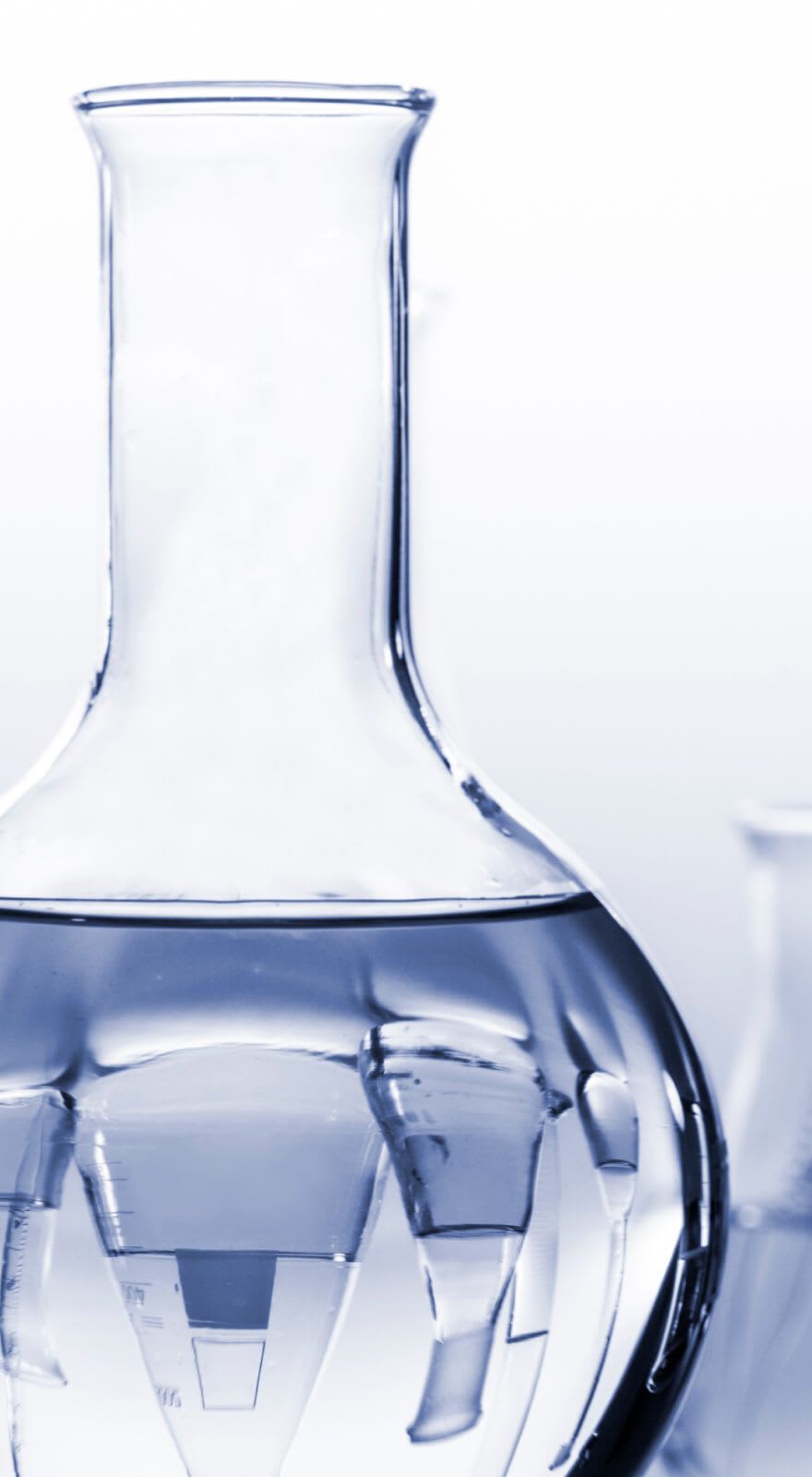Enhanced TDS
Knowde-enriched technical product data sheet
Identification & Functionality
- Chemical Family
- Chemical Name
- Fragrance Ingredient Class
- INCI Name
- Ingredient Name
- Base Chemicals Functions
- Cosmetic Ingredients Functions
- Food Ingredients Functions
- Pharma & Nutraceuticals Functions
- Molecular formula
- C₆H₈O₇
- Technologies
- Product Families
Features & Benefits
- Benefit Claims
- Benefit Claims (Health)
- Labeling Claims
Applications & Uses
- Markets
- Applications
- Applicable Processes
- Food & Nutrition Applications
Properties
- Physical Form
- Appearance
- White crystalline powders,colorless crystals or granules
- Odor
- Odorless
- Specifications
Value Units Test Method / Conditions Molecular Weight 192.12 g/mol - Transmittance min. 96.0 % - Assay 99.5 - 100.5 % - pH Value (0.1 N Citric Acid Solution) 2.2 - - Water Content max. 0.5 % Karl Fischer Titration Melting Point 154 - 154.5 °C - Boiling Point 175.0 °C - Evaporation Rate [n-BuOAc = 1] max. 1 - - Flash Point 345.0 °C - Sulphate Content max. 150 ppm - Calcium Content max. 75 ppm - Autoignition Temperature 1850.0 °C - Decomposition Temperature 175.0 °C - Sulphated Ash Content max. 0.05 % - Specific Gravity 1.665 - - Solubility in Water (at 20°C) 576.0 g/kg - Bacterial Endotoxins max. 0.5 IU/mg - Chloride Content max. 50 ppm - Tridodecylamine Content max. 0.1 ppm - - Heavy Metals
Value Units Test Method / Conditions Heavy Metals Content max. 5 ppm - Oxalate Content max. 100 ppm - Aluminum Content max. 0.2 ppm - Arsenic Content max. 1 ppm - Iron Content max. 5 ppm - Lead Content max. 0.5 ppm - Mercury Content max. 1 ppm -
Regulatory & Compliance
- Certifications & Compliance
- Chemical Inventories
- Grade
Packaging & Availability
Storage & Handling
- Storage Conditions
Store in dry, well-ventilated areas away from incompatible materials, food and drink. Transfer only to approved containers having correct labeling. Hygroscopic material! Keep container tightly closed when not in use to prevent moisture absorption. Protect containers from physical damage. Containers that have been opened must be carefully resealed and kept upright to prevent spillage. Containers are hazardous when empty as they contain product residues. Use appropriate containment to avoid environmental contamination. Ventilate closed areas. Keep out of reach of children.

